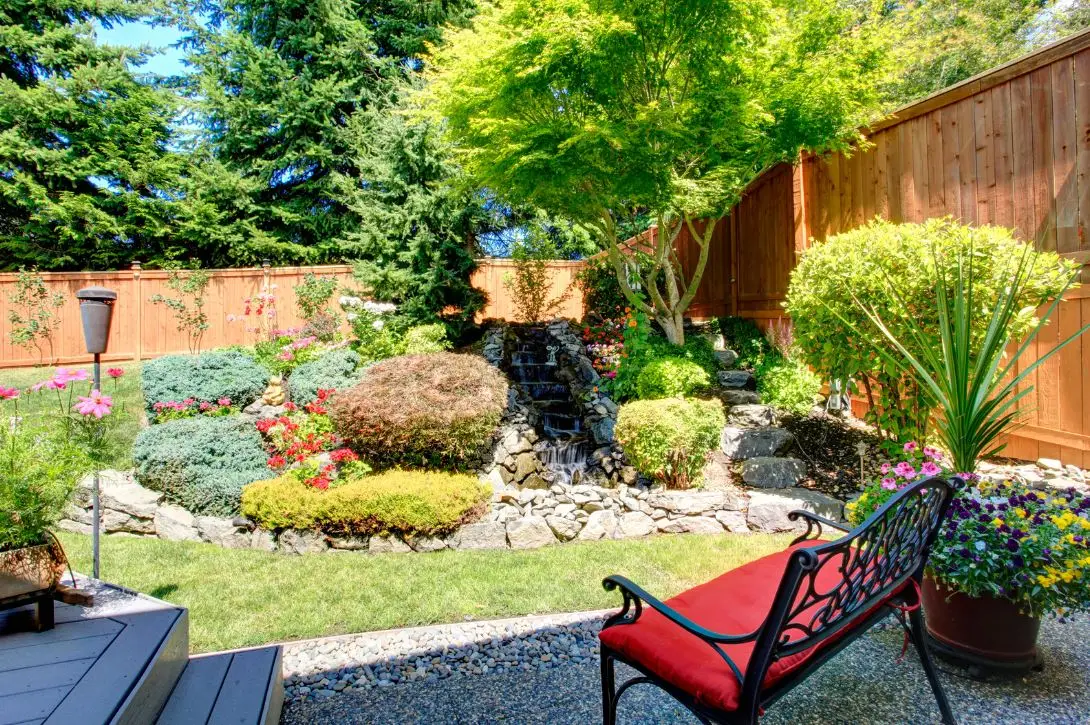A beautiful landscape garden can make a big difference to your home or business. It will boost curb appeal and give a great first impression. It can also enhance the enjoyment of your property and provide a sense of well-being for those who spend time there.
Plants are a wonderful way to connect people with nature, and they can create a feeling of tranquility and well-being. In fact, studies have shown that spending time outdoors in a garden or natural setting can help reduce stress levels and improve mental health.
Whether you’re looking to create a relaxing retreat in your own backyard or transform the look of your commercial property, you can’t go wrong with a professionally designed and maintained landscape. However, creating a beautiful landscape can be an overwhelming task. This is why it’s important to have a plan in place before you start your landscaping project.
Here are some helpful tips that will make the process of designing a landscape easier and more enjoyable.
1. Start by taking inspiration from other gardens.
Take note of the features you like about other gardens, such as the color scheme, walkway materials, trellises and arbors, stone walls, and overall layout of beds and paths. Use these elements as your guide to create a landscape that’s uniquely yours.
2. Consider the scale of the space.
Scale is one of the most important factors to consider when designing a landscape. It determines how large or small your plantings are, and how they relate to each other and other landscape elements. For example, if you’re designing a landscape for a house or other prominent structure, your plants will be larger in size than those planted in a more intimate space, such as a garden bed.
3. Identify what kind of movement you want in your landscape.
It’s important to add movement to your landscape, whether it’s through movement of water or movement of plants. For example, you can create a visual rhythm in your landscape by placing boulders or other objects in the ground that are moved by rainwater or by wind. In addition, you can encourage movement through the use of plants such as ornamental grasses that wave in the breeze or flowers that attract butterflies and other pollinators.
4. Play with contrast.
Incorporating contrasting shapes, sizes, textures and colors is a great way to make your landscape pop. For example, pairing low, wide shrubs with tall, narrow trees will create a lush, layered effect in your garden. You can also add visual texture through the use of different types of mulch, garden furniture, and other hardscapes. And don’t forget to include a variety of plants with varying bloom times, so you can enjoy your landscape all season long.


